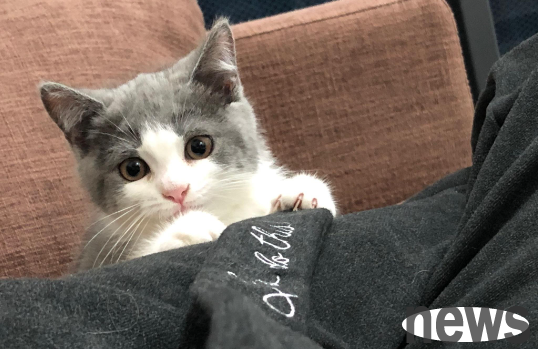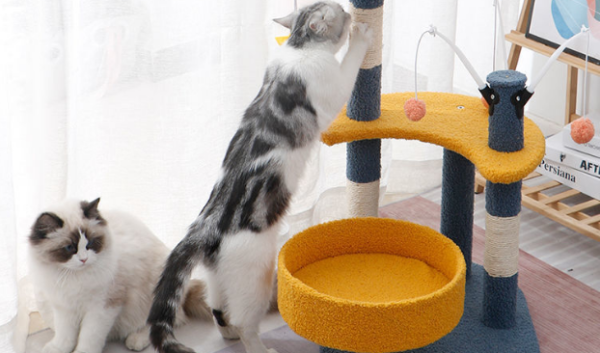Strange knowledge has been added: your cat has three layers of hair on its body, and it will not lick the hair.
Everyone likes to pet cats, and I believe they are greedy for cats. It feels soft and warm. It feels very comfortable.
But have you ever thought about what the structure of a cat's hair looks like?
What is the structure of cat hair?
The hair on cats is spread all over their bodies, and in our eyes they are a thick layer of hair. But in fact, cats have a variety of hairs, and they all perform their duties on the cats.
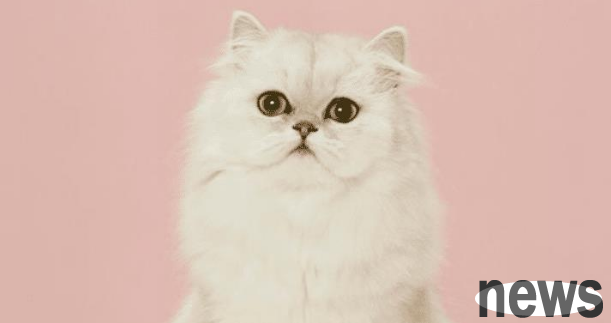
The hair on cats can be divided into four categories: velvet, masturbation, hair protection and tentacles.
Vis, a layer of smallest and thinnest hair, close to the skin. The reason why it is so small is that it will not cause skin discomfort and can also keep warm.
Mangmao, the second layer of defense on the cat. It is located between fluff and hair protection, which can protect and insulate.
The hairs are not as thin and soft as fuzz, they are like bristles. The head end expands, and the end becomes thinner.
The hair protection is the outermost layer of hair that we can see at a glance. It is the longest and thickest, and its most important role is protection.
Hair protection can isolate most of the dust and bacteria, and then filter it by the middle hair. This can effectively protect the skin and velvet inside.
Tenvironment, I believe everyone should be most familiar with tentacles. We have all heard stories about whether cats can pass by using their tentacles.
In fact, tentacles connect the sensory nerves of cats, which are equivalent to the tactile organs of cats.
Tenniles are not only found on the cheeks that we can see, but are distributed on the chin, above the eyes, and at the joints of the fore ankle. What is the specific function of
hair?
These mentioned above are the structure of cat hair. So what is the specific function of these hairs?
1. Adapt to the climate.
Every summer, cats will start to shed hair, and blood vessels in the fur will expand, which will accelerate its own heat dissipation and prevent heat stroke.
When winter comes, cats will grow new thick hairs, which can hold the heat from the cat and provide a good insulation effect.
2. As a solid barrier.
The hair on cats can provide a natural barrier for cats. A thick layer of hair can lock in the water in the cat's body, making it less likely to be lost.
Moreover, thick hair can also provide physical protection for cats and prevent the body from being damaged by physical and chemical properties.
3. Isolate bacteria.
Teaches generally carry a lot of bacteria. Some of these bacteria may be harmless to cats, and some may be harmful to cats.
Thick fur can help cats block the invasion of these bacteria. This will make it lighter for you to bathe your cat. You just need to remember to clean the hair on time, and you don’t have to wash the skin inside as well.
Of course, some people prefer to clean, and may take more baths. However, you should also pay attention to a "degree" when taking a bath. Frequent bathing is not good for the cat's health. Even if it is not cleaned properly during bathing, it will cause the cat to lose hair too much.
In fact, we don’t need to be too cautious about bathing cats. The cat itself will lick the hair to achieve the effect of cleaning.
Why are cats so persistent in licking their hair?
Speaking of this, do you know that a cat spends almost half of his time licking his hair except to sleep? Is licking hair so important? Why are they so persistent in licking their hair?
Don't worry, let's analyze why cats are so "crazy" to lick their hair.
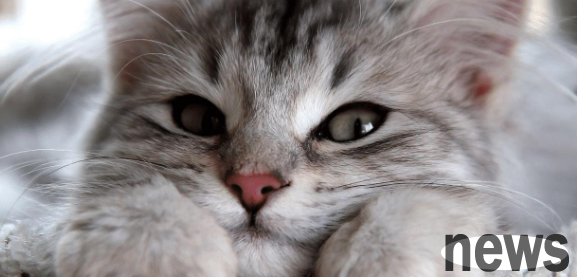
The first point is for cleaning.
Cats are almost "clean" animals. They lick their hair many times to clean them.
Once the cat feels that it is a little dirty, it will stop and lick it.
This kind of regular hair licking can not only keep the cat clean at all times, but also comb its hair, making it difficult for the hair on its body to pill.
The second point is to dissipate heat.
Cats lick their hair when they feel hot in summer, so that their saliva will take away some of the heat when it evaporates, making it cooler.
The third point is to scratch itch.
If you look closely, you will find that there are many tiny barbs on the cat's tongue. If there is a place itch, the cat will go over and lick it. To achieve the effect of relieving itching.
The fourth point is to relieve anxiety.
Careful friends may have discovered that sometimes you are teaching your kitten a lesson. It might be there licking its hair silently.
It does not ignore you, but it is listening carefully. But what should I do if I feel unhappy when I am scolded?
For cats, licking hair is a good emotional transfer behavior. Licking the hair can relieve the stress of the cat. This is also one of the several commonly used decompression methods for cats.
The fifth point may be boring.
Cats sometimes lick their fur when they have nothing to do. Licking hair can kill time, otherwise time without the owner would be too boring.
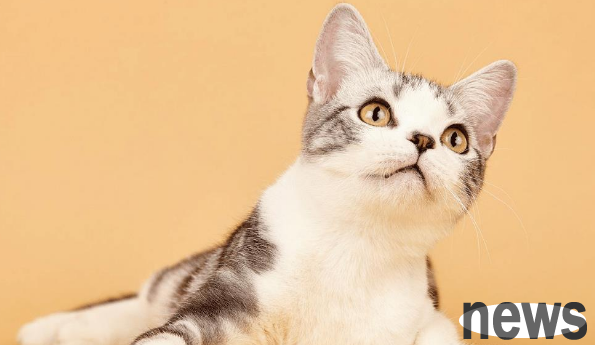
So many people keep two cats at home, just to have a partner with each other.
In what scenario do cats usually lick their hair? What do they mean separately?
Cats do love to lick their hair, but in what scenarios do cats usually lick their hair? Or, what does licking hair in different scenarios mean?
Let's introduce it according to the cat's life every day.
First wake up in the morning, lick your paws and then grab your face. This is it washing your face. Sometimes cats will rub their eyes, which is cleaning up their own eye poop.
Then wake up and get up to eat, and lick your hair after eating. This is to clean up the food.
After that, if someone is masturbated for a while, the cat will also lick its hair after being masturbated. But this hair licking is divided.
If it is a stranger, it is guarding against you and will lick the place you touched. Because it doesn't like your taste, I want to use my saliva to lick your taste.
But if it is someone the cat likes, such as the cat's owner comes to touch it. Cats can also lick the touched places. But this is to remember the owner's taste better.
I didn't expect that cats are also "double-standard" animals.
Cats will also lick their hair when they are about to give birth.
This is to lick your nipples. Cats’ saliva contains some lysozyme, and licking the nipples can disinfect them. In addition, licking the nipples can also promote blood circulation near the nipples and make your milk more abundant.
Will there be something wrong with cats licking their hair frequently?
It is not good for cats to lick their hair frequently. When a cat licks a hair, it will inevitably lick some hair into its belly. If it takes a long time, these hairs will form hair balls in the cat's belly. This will cause all kinds of discomfort in the cat.
In addition, not all hair licking is healthy, we should pay attention to cats' abnormal hair licking. Cats’ saliva has a sterilization effect. If there are wounds on the cat, the cat will lick the wounds.
But if the cat often licks a place, you should pay attention. Cats may have skin diseases.
Even if there isn't, cats often lick a place and need to pay attention. Because cats may lick the hair from a certain part of their body.
If these abnormal conditions occur in cats, you should pay attention and take the cat to the pet hospital for examination in time. Otherwise, the condition worsens.
Try not to let your cat suffer too much, seize the time to make it better. Cats are very smart animals. If you treat them well, they will repay you.
What does it feel like to be licked by a cat? Have you been licked by a cat?

